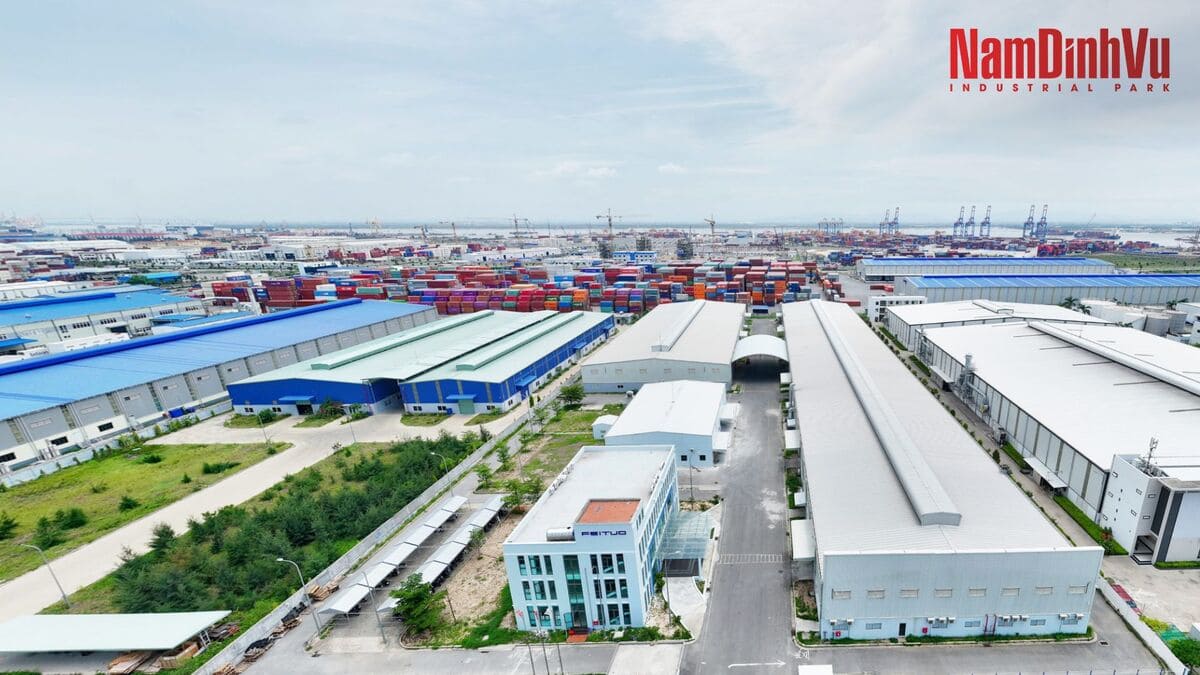Vietnam Real Estate Market Growth
Vietnam’s real estate market in the first quarter of 2025 recorded notable positive shifts across key sectors, despite short-term concerns stemming from global uncertainties. With a stable foundation and solid long-term outlook, the market is demonstrating a stronger and more balanced recovery this year.
Strong FDI Inflows and Active M&A Activities in Early 2025
In the first three months of the year, foreign direct investment (FDI) in real estate reached nearly USD 2.4 billion, marking a 46% year-on-year increase. The government continued to accelerate public investment and implement new legal frameworks, while several localities—including Hanoi, Ho Chi Minh City, Binh Duong, Dong Nai, and Ba Ria – Vung Tau—announced land auction plans to expand development-ready land banks. Mergers, acquisitions, and project transfers remained active, reflecting investor confidence in the market’s long-term potential.
New Office Supply Expands in Three Major Cities
Hanoi, Ho Chi Minh City, and Da Nang all welcomed new office developments in Q1, catering to increasingly diverse business needs. As competition rises, developers are adopting more flexible pricing strategies and enhancing their offerings through green office concepts and integrated technologies.
- Hanoi: The launch of Grade-A ThaiSquare Caliria added over 8,400 sqm of leasable space, along with other small- to mid-sized projects aimed at SMEs and startups seeking cost-effective and flexible space.
- Da Nang: The ICT1 building in Software Park No. 2 became operational in January, targeting semiconductor and AI companies. Rents for Grade A and B offices remained stable at USD 31 and USD 15 per sqm/month, respectively.
- Ho Chi Minh City: Rents and occupancy rates for Grade A and B offices in CBD areas remained steady at USD 55 and USD 28 per sqm/month. New supply included CT Dream and CT Space (5,000 sqm total) in Phu Nhuan and Tan Phu districts, the 7,000-sqm Beacon Tower, and the 20th Regus co-working space (2,000 sqm) in Binh Thanh. The growing presence of office space in non-CBD locations is expected to increase competition in pricing and occupancy from Q2/2025 onward.
Industrial Real Estate Expands Nationally with New Developments
Vietnam’s industrial real estate sector saw widespread approval and launch of new projects nationwide in Q1/2025, reflecting both proactive developer strategies and strong government commitment to attracting high-quality FDI.

- Ho Chi Minh City: Continued to attract investment in semiconductors and high-tech manufacturing. A plasma derivative production facility broke ground in Saigon Hi-Tech Park, and a semiconductor plant is set to open later in the year.
- Ba Ria – Vung Tau: Plans were announced for four new industrial parks covering over 3,800 hectares.
- Long An: Launched its first eco-industrial park.
- Binh Duong: Unveiled plans for a large-scale data center campus.
- Central Vietnam: Da Nang is expanding its industrial land bank and inviting investment in production, trade, and logistics zones within its Free Trade Zone. The 400-ha Hoa Ninh Industrial Park also began construction. Neighboring provinces saw the rollout of large-scale projects such as VSIP II in Quang Ngai and Phase 1 of Phu My Industrial Park in Binh Dinh.
- Northern Vietnam: Hanoi’s occupancy rate reached 93%, up 5% from late 2024. The capital approved plans for a clean industrial park in Soc Son and industrial clusters in Thach That and Thuong Tin. Provinces like Nghe An, Bac Giang, Hai Phong, Thai Nguyen, Quang Ninh, Thai Binh, and Nam Dinh also saw numerous projects launched or approved during the quarter.
Vietnam’s real estate market in Q1/2025 showed strong signs of recovery across office, residential and industrial segments. Backed by rising FDI, stable demand, and proactive policy support, the market is well-positioned for continued growth throughout the year. While short-term challenges remain, Vietnam’s solid fundamentals and long-term vision are expected to drive sustainable development across all real estate sectors.
Source: Avison Young
